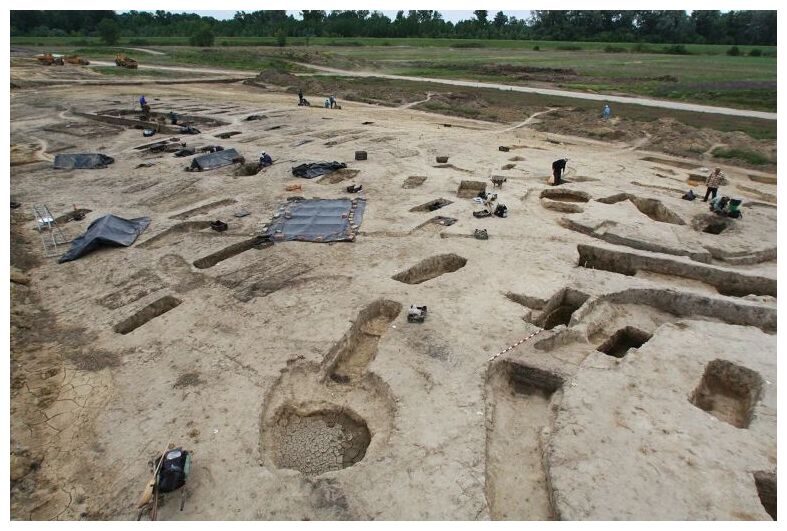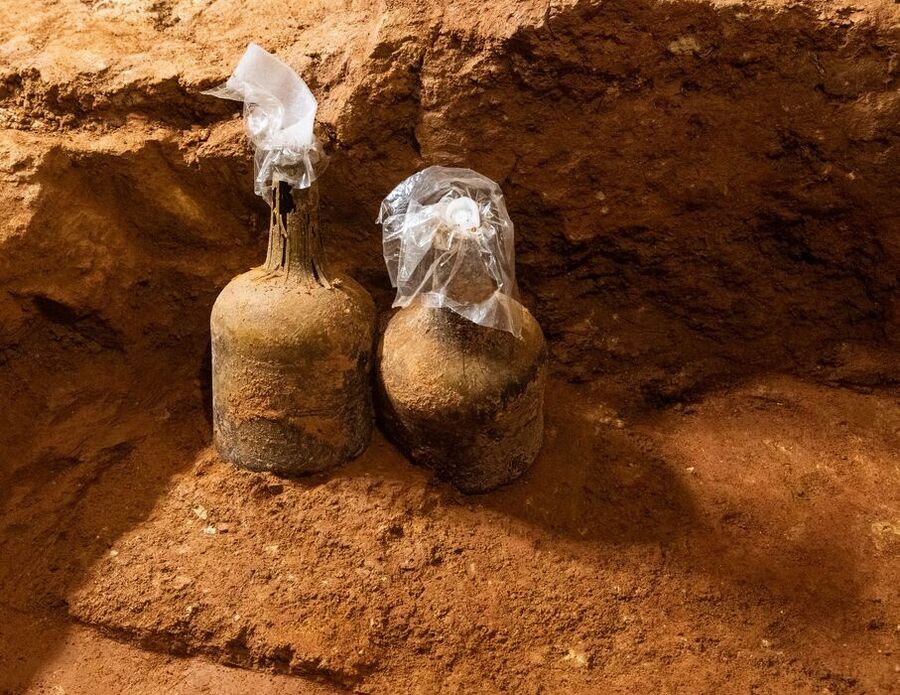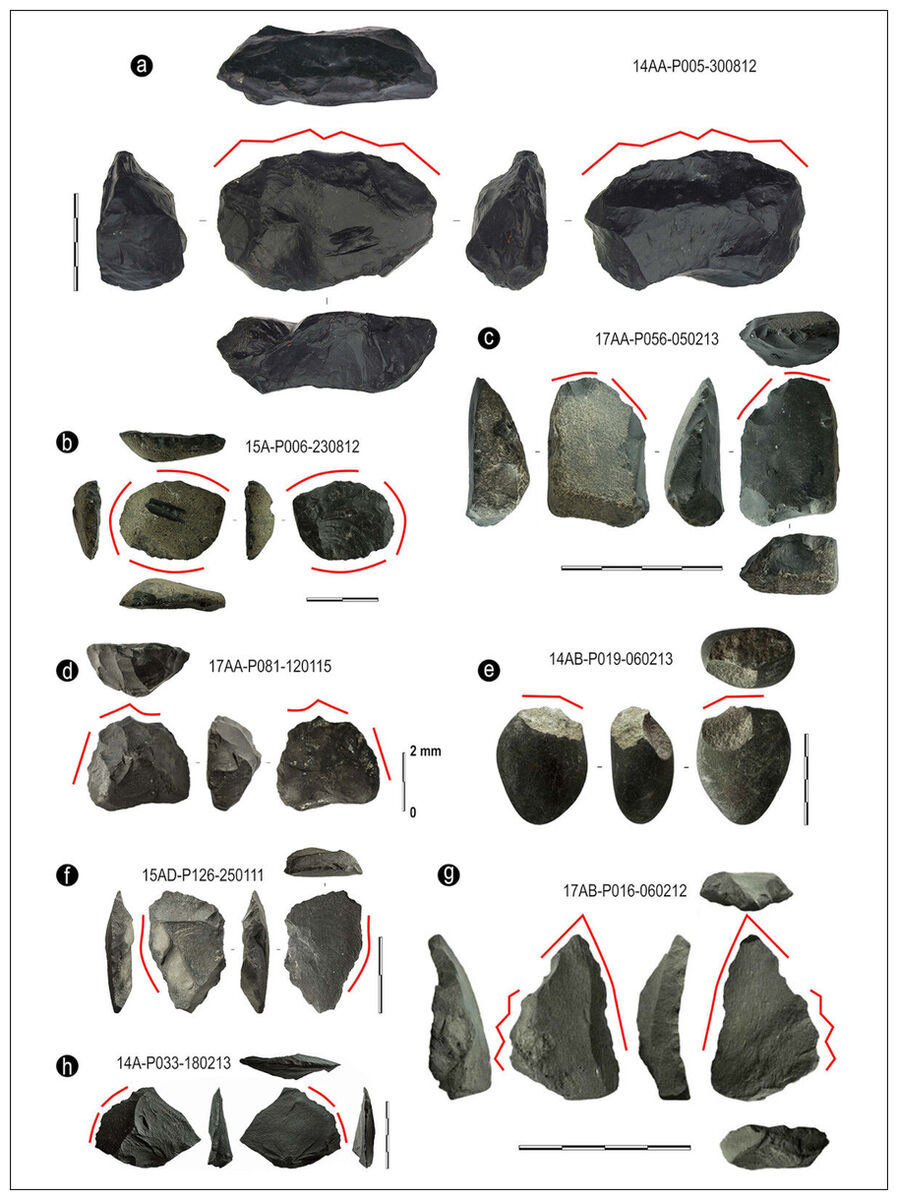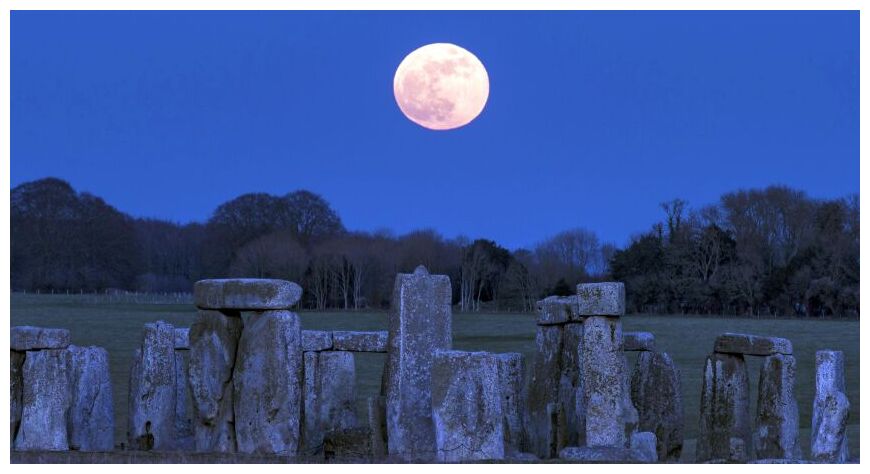OF THE
TIMES

Tunisia, Algeria, and Libya have begun talks without Morocco and Mauritania, the other founding members of the former Maghreb union
The leaders of Tunisia, Algeria, and Libya will reportedly discuss the revival of the Arab Maghreb Union (AMU), a regional political and economic bloc at an upcoming summit. The AMU has been largely dormant for more than a decade due to diplomatic tensions between some member states.
Tunisian President Kais Saied announced the move in a statement on X (formerly Twitter) on Saturday, saying he will host his Algerian counterpart, Abdelmadjid Tebboune, and Libya's Presidential Council leader, Mohamed Younes Menfi, for the first summit of the "three sister countries."
Local media reported the meeting would take place on Monday in the Tunisian capital, Tunis.
Last month, on the sidelines of a gas-exporting countries summit in Algeria, officials from the three North African countries agreed to hold talks every three months.
The AMU initiative has been criticized for excluding Morocco and Mauritania, which have also been bloc members since its formation in 1989. Moroccan media has accused Algeria of attempting to form a new regional alliance without Rabat, claiming that the move reflects Algiers' waning influence on the regional or continental front.
Algerian President Tebboune rejected the allegations in an interview with state broadcaster Alg24 News, declaring that the "bloc is not directed against any other state, and the door is open to countries in the region."
The five-member AMU grouping has faced several setbacks over the years, including a political and diplomatic rift between Algeria and Morocco that has resulted in a boycott of high-level talks since 2008.
"Anyone who doubts that this nation building and police activity has not become real and very effective right here in the United States need only visit the area around Fort Bragg to find one of these early paramilitary CIA-oriented specialist, General Tolson, sending his American soldiers out into the countryside with nation-building programs for the citizens of the United States. If such tactics continue, it is possible that an enlargement of such a program could lead to a pacification program of areas of the United States, such as the CIA and the US Army have carried out in Indochina."
- Col. Fletcher Prouty "The Secret Team" (1972). Prouty served as a liaison officer between the Pentagon and the CIA between 1955 and 1963.




Comment: By the same author there is also:
'We have provided everything possible for their freedom': How the USSR helped France's most important colony stick it to Paris